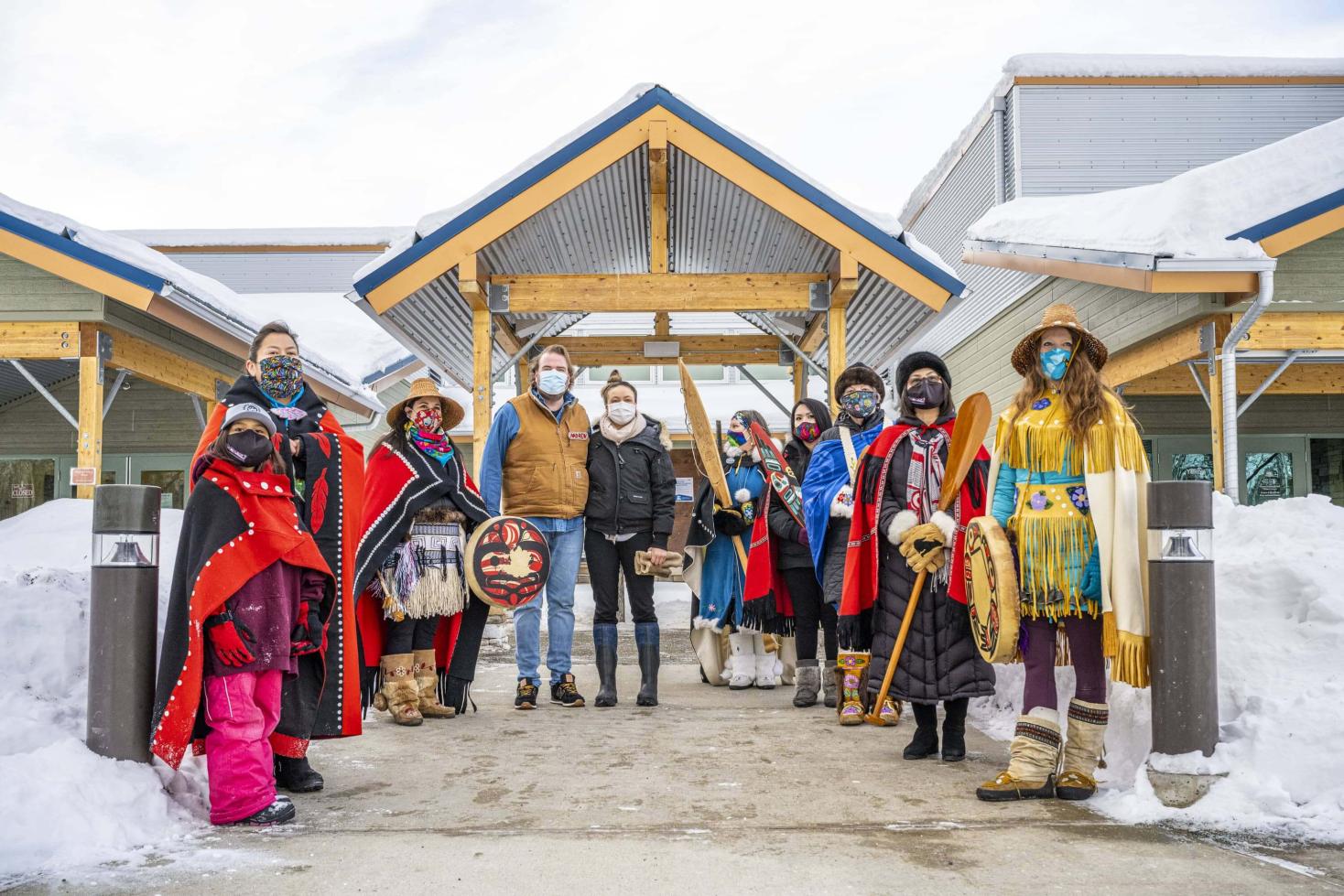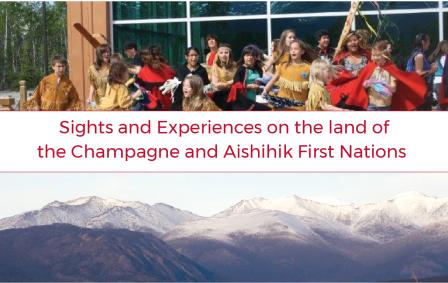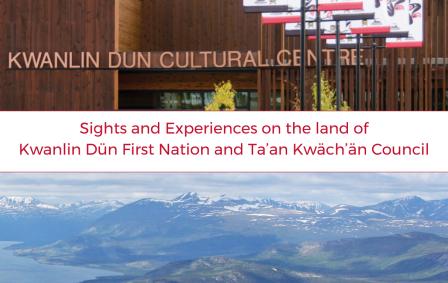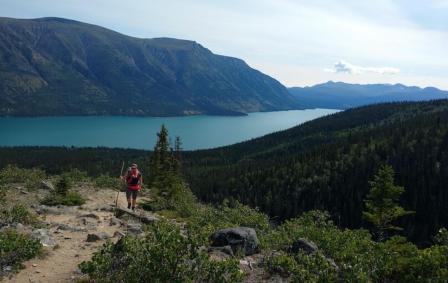The Yukon First Nations COVID Response Team takes on the pandemic through collaboration, advocacy and action

At the beginning of the COVID-19 pandemic, all governments were facing challenges that had never been faced before.
“Yukon First Nations were responding and working to keep Citizens, employees, and communities as safe as possible,” says former Kwanlin Dün First Nation Chief Doris Bill.
We all know that we’re stronger when we work together.
Yukon First Nations Chiefs knew they needed a coordinated approach to sharing information and best practices to help each government make informed decisions. To meet this need for connection and advocacy, Yukon Chiefs directed the Council of Yukon First Nations to form the Yukon First Nations (YFN) COVID Response Team.
“Initially, we thought it was only going to be three months, but we’re still here and still working hard,” says Mathieya Alatini, YFN COVID Response Team Coordinator.
Throughout the pandemic, the team worked with Chiefs and administrative staff in Yukon First Nations. They also worked hard to meet regularly with various branches of the Yukon and federal governments
“Some of our key relationships—Yukon’s COVID Response Unit, Health and Social Services communications, and Aboriginal Relations—were vital to our success,” says Mathieya.
Because of the positive relationships and collaboration, Yukon led the way with high vaccination rates.
Northern and remote Indigenous communities were prioritized in Canada’s COVID-19 vaccine roll-out plan. Yukon received a large allotment of vaccines early in 2021, and the YFN COVID Response Team helped ensure all Yukoners could access the information needed to make informed decisions.
The team formed a communications group headed by Kari Johnston. Communications reps from Yukon First Nations met weekly to share information, and to supplement and enhance public health communications by launching the One Yukon social media channels.
The team also helped Yukon First Nations connect to national programs and resources. CYFN maintained an inventory of Personal Protective Equipment (PPE) for use by First Nation governments and NGOs, and was the prime mover in early distribution of COVID-19 rapid antigen tests and testing equipment to Yukon First Nations.
YFN COVID response was the driving force in making rapid tests available in Yukon communities.
“With support from the Public Health Agency of Canada, our rollout of rapid tests was months ahead of the Yukon government,” says Kari.
The pandemic response also opened up a new relationship for Yukon First Nations governments and the Public Health Agency of Canada (PHAC).
“Paul Sandstrom and Adrienne Meyers from the National Microbiology Laboratory brought understanding and cultural awareness to every conversation and interaction,” says Mathieya. “When we asked for testing options for communities, they said, “Here are the options, here is the training you need, and here’s how we can help.’
To me, it felt like true implementation of our agreements. It was reconciliation in action.
The team worked closely with Yukon Health and Social Services communications. When it came time to roll out the vaccine in communities, they helped identify and mitigate vaccine hesitancy.

This early collaboration built trust and has led to new community-driven initiatives, such as the wastewater surveillance program now underway through a partnership between Champagne and Aishihik First Nations and the Village of Haines Junction with support from PHAC. Currently, the team is working to support other Yukon First Nation governments and municipalities to implement wastewater testing in their communities.
They are also involved in several research projects. CYFN, YFN COVID Response and Yukon University have received funding for a three-year research project to understand how the dynamics of health information and communication channels in the Yukon affected the uptake of COVID vaccines and boosters in Yukon First Nation communities.
They are working with Yukon First Nation leadership to review the Yukon Civil Emergency Measures Act (CEMA) and the Public Health and Safety Act (PHSA). The Yukon Civil Emergency Measures Act pre-dates the signing of Final and Self-Government agreements, so it does not recognize the jurisdiction of First Nation governments.
“Without formal recognition in the legislation, our role throughout the pandemic was largely through advocacy and informal communication processes,” says Mathieya.
The work ahead is to ensure any new legislation acknowledges the authorities set out under the agreements and triggers an immediate collaborative and coordinated response.
Despite the challenges, First Nations exercised their authority and sovereignty throughout the pandemic to keep their Citizens and communities as safe as possible. Some asked visitors to suspend non-essential travel to their communities. Some implemented information checkpoints to monitor who was coming into their communities and onto their settlement lands and to provide essential safety information. Some First Nation Governments issued states of emergency and special directives.
We know that pandemics, this one included, disproportionately affect Indigenous people. Yukon First Nations played an essential leadership role throughout the pandemic. They asserted their role in Yukon governance and played an essential part of keeping both their citizens and all Yukoners safe.


